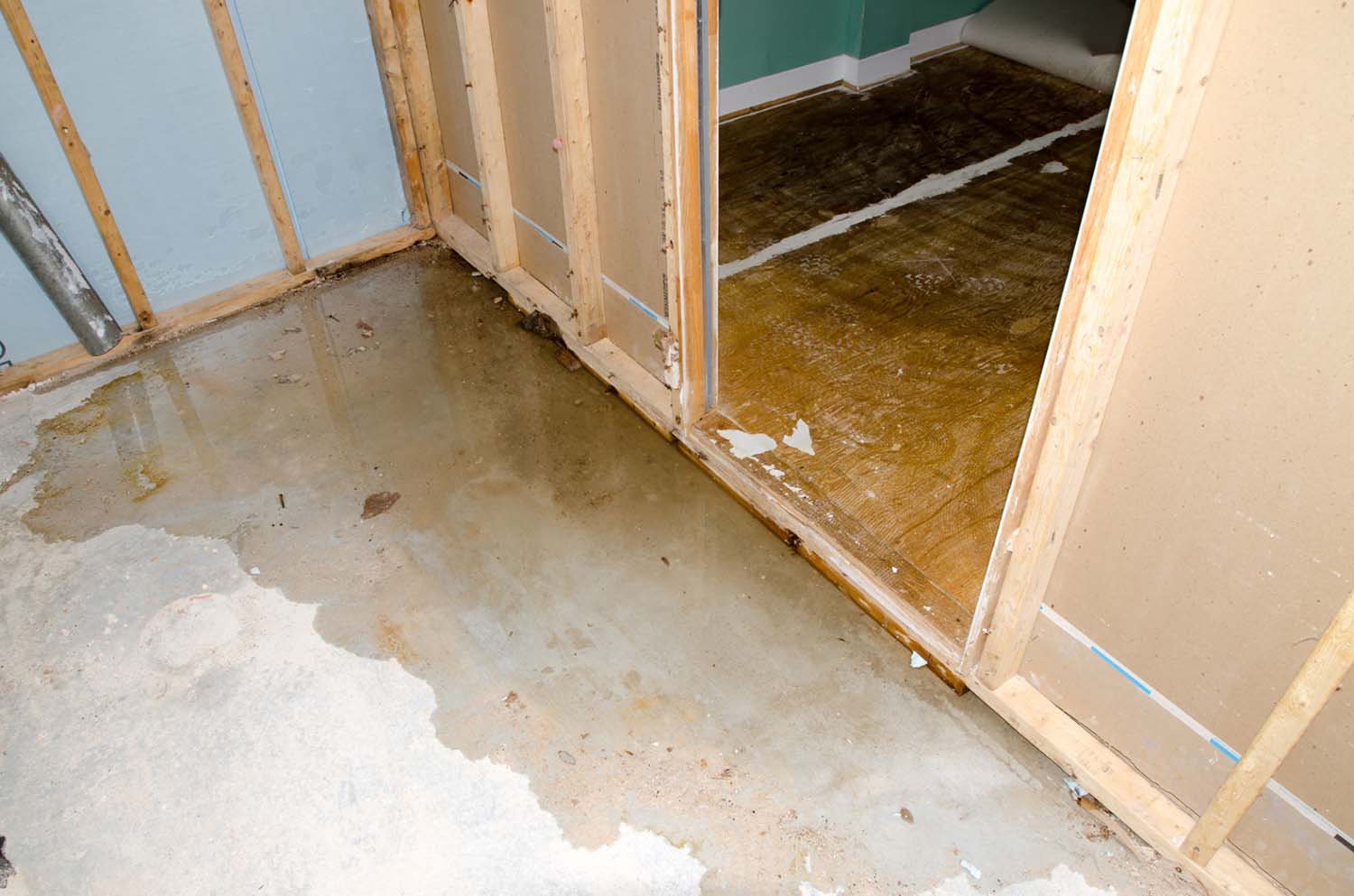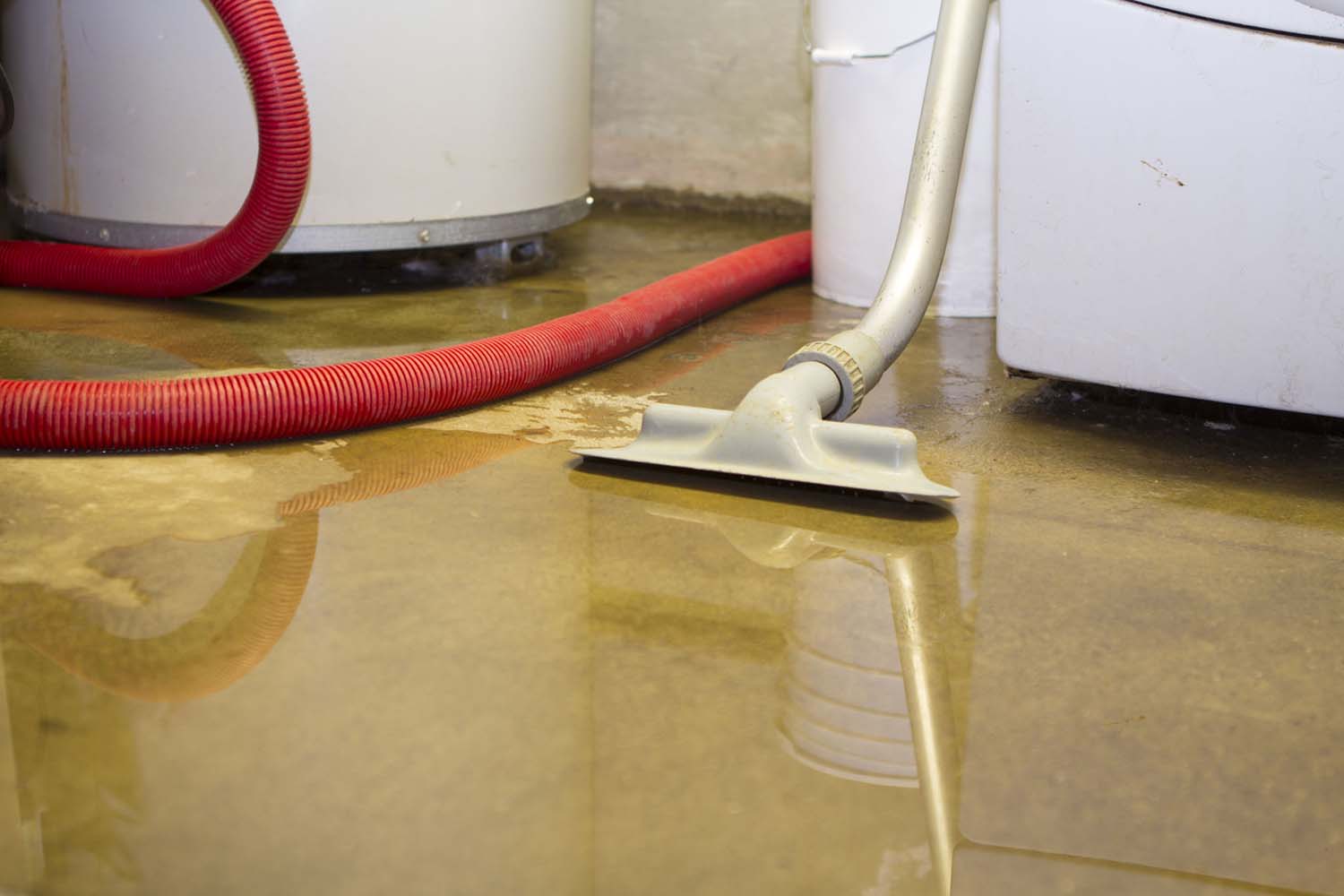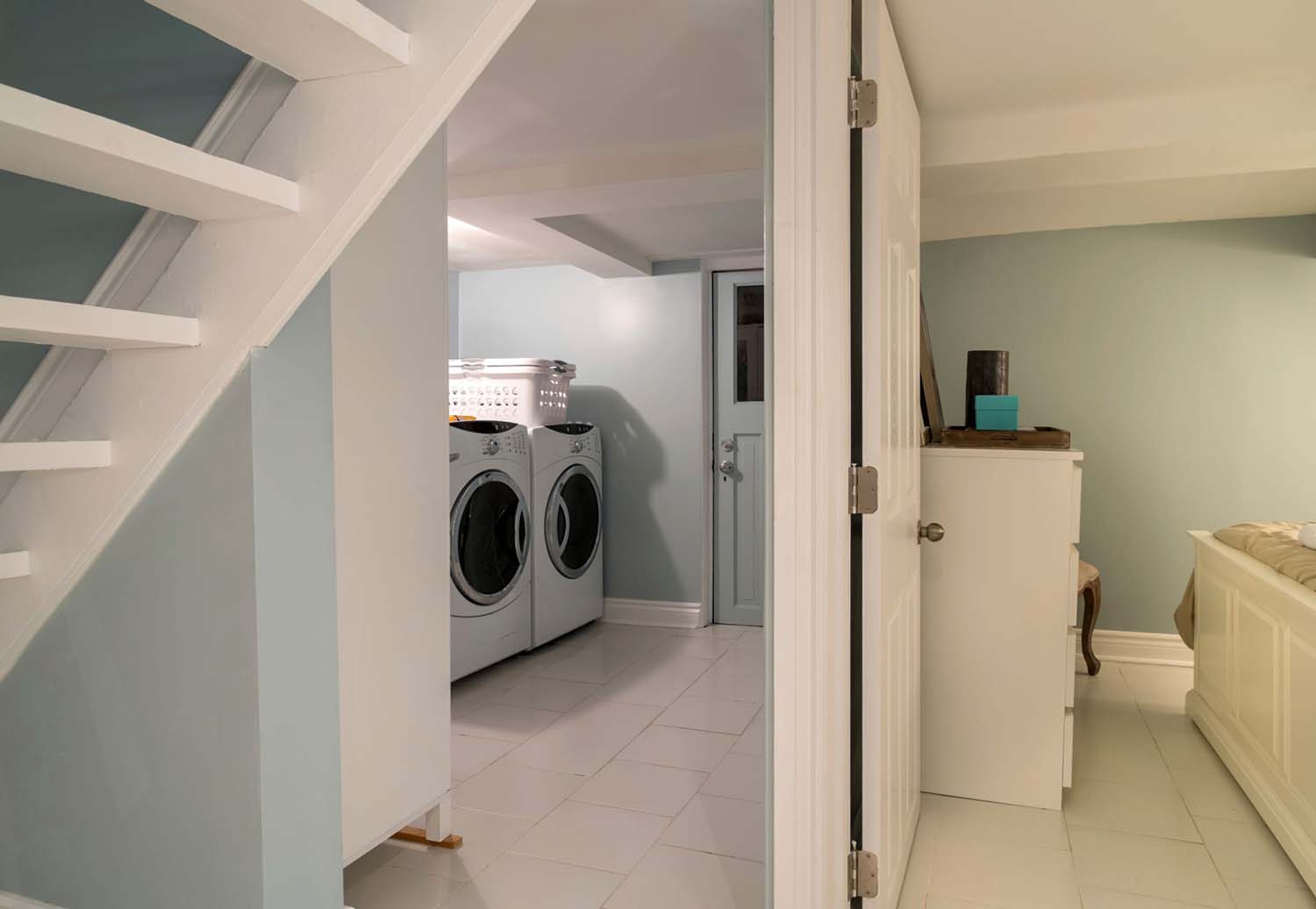A finished basement can serve all sorts of purposes for your home. Whether you want to use it as an extra living space or maybe you want to turn it into your personal dance floor, your finished basement is going to be a sizeable investment and it deserves to be cared for. But a finished basement can start to come undone should it fall to the effects of a particular problem: excessive moisture.
Why Would Moisture Hurt My Basement?
From the concrete that makes up your foundation and basement to the paint you’ve chosen to decorate your walls, many things that make up your finished basement have likely been exposed to water as a part of the construction process or when a certain product was being manufactured.
Water is even a crucial ingredient to helping concrete cure and become strong. But their finished state is meant to be dry—and stay dry. When moisture comes into contact with your concrete, your basement carpet, or even your paint, changes begin to happen as that moisture interacts with the material. These changes can result in deterioration, potential health risks, and even structural damage that can lead to hazardous living conditions if not addressed.
Let’s take a dive into what excess moisture can do to the various parts of your finished basement…

Wooden Structures
Out in nature, moisture provides the means for nature’s fungal decomposers to live and do their job. It’s why a fallen tree eventually rots away and returns to the soil. The same goes for the wooden structures of your home, whether it’s the supports in your walls, the floor joists that support the floor above your basement, or even the wood-panelled bar counter that you want to put in your finished basement. To mould, these wooden structures are no different than a fallen log. When moisture becomes present and remains there long enough on that wood, any mould spores present will begin to take root and get to work.
There many types of mould there, and they can mar the surface of your wooden surfaces and disperse spores that could agitate allergies and asthma symptoms. But should you find any variety of wood rot on your wooden structures, it can be an even more serious situation. Wood rot can lead to bouncy or sagging floors, weak floor joists, and a creaky house. But at worst, that wood rot can cause your home’s wooden structures to fall apart, threatening the safety of you and your loved ones.
Walls and Flooring
The same goes for your drywall and basement flooring. Drywall can become infested with mould if it should be left wet for long enough. The same goes for basement carpeting and other kinds of flooring like vinyl, where it’s easy for moisture to get trapped. Moisture can also lead to drywall deteriorating and becoming soft. Meanwhile, for basement flooring, depending on what you have, moisture can also cause your flooring’s bonding to fail.
Paint
Excess moisture can also cause your paint to crack and peel. If you notice a crackling pattern in the paint on your basement wall, chances are moisture is somehow getting into the wall and underneath that paint.

Pests
Water is a vital part of life and survival. When there is excess moisture in a house, it can become a draw for a variety of pests that could use that moisture to survive and breed. These can include termites, dust mites, ants, and rodents.
Certain termites require moisture to survive as they seek out new food sources. Should excessive moisture become persistent in your home’s wooden structures, it can become a tempting prize for termites looking for food and a new place to colonise. You wouldn’t want the floor joists above your basement to be infested with these.
Moisture can also make your home more hospitable for dust mites. When dust mite faeces get into the air, it can cause an allergic reaction when accidentally inhaled. These can also trigger asthma symptoms, which is why it is important to control dust mite populations in your home.
Ants are notorious for being quick to spread and hard to eliminate. Along with digging holes and tunnels into your wooden structures and drywall, ants can also potentially contaminate your food as they forage—not great if you’re planning to make your finished basement into a party room.
Both rats and mice enjoy dark places with moisture, where they can survive and shelter from potential predators. Their urine and droppings can contaminate any surface and there’s always the chance that they may carry a disease with them.
From structural problems to pests, they all require moisture before they can wreak havoc in your finished basement. Fortunately, there’s a way to thoroughly control the moisture around your foundation so that moisture doesn’t have a chance to build up in your finished basement.

Basement Waterproofing
Moisture can enter your basement in a variety of ways. Some common ways include through the space between your basement wall and floor slab, and even through the porous concrete of your foundation as moisture vapour. But if moisture can penetrate your basement from virtually anywhere, how does basement waterproofing work?
When groundwater builds up against your foundation, it presses on your foundation in what is called hydrostatic pressure. It is that pressure that makes moisture push in and invade your basement. Basement waterproofing helps keep your basement dry by controlling where the moisture goes while relieving your foundation of that hydrostatic pressure.
Here are the components that often go into an interior basement waterproofing system…
– Drainage channels
– Sump pit
– Sump pump
– Discharge pipe
– Moisture vapour barriers
– Dehumidifier
As water tries to get into your basement, the basement waterproofing system guides the moisture to the drainage channels where it goes to the sump pit. From there, the sump pump moves the collected moisture up the discharge pipe out and away from your home!
Protect Your Finished Basement with Professional Waterproofing
While some things can be done by yourself to control your indoor moisture levels, such as fixing a leaky pipe, it’s highly recommended to have an expert take on the task of installing a basement waterproofing system to protect your finished basement project. You’ll want to find a company that is experienced, places emphasis on customer communication, and offers an excellent warranty.








